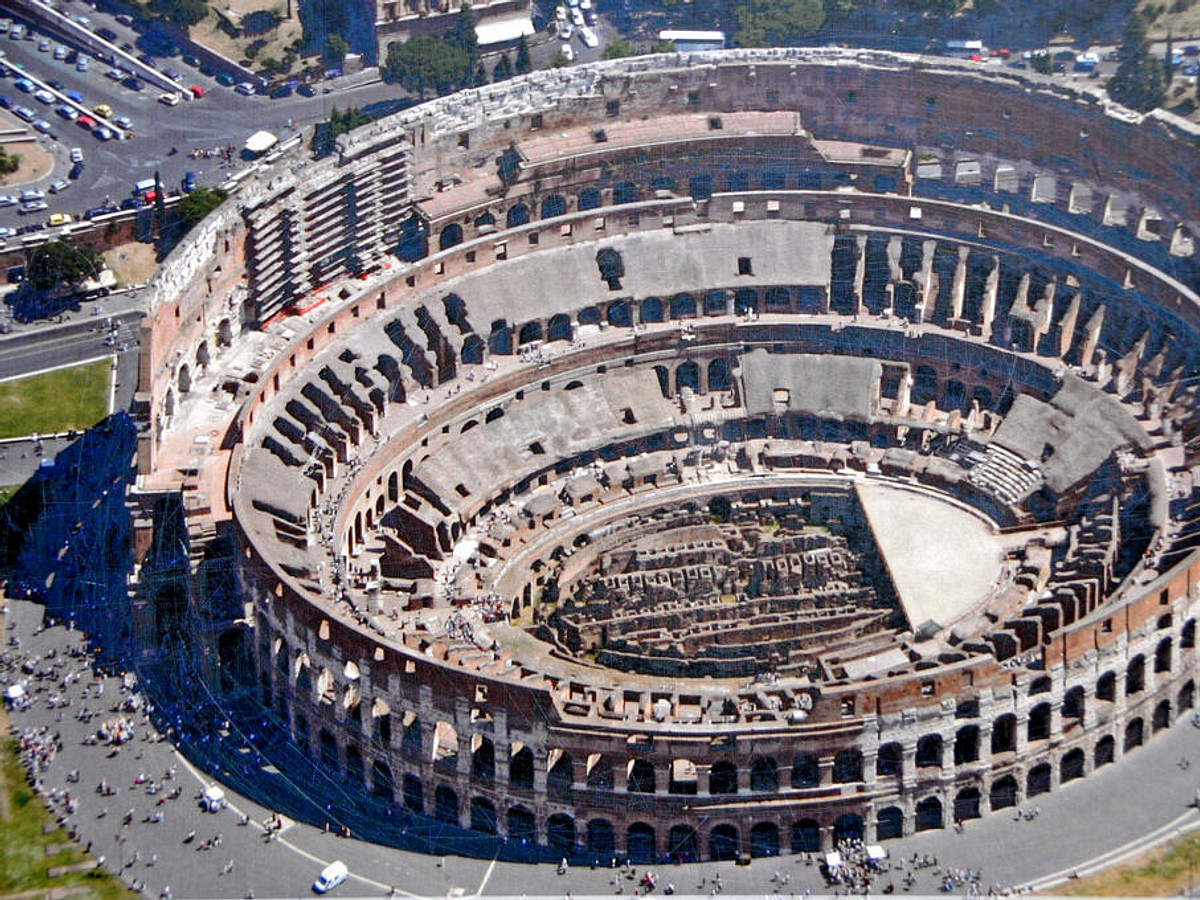Welcome Palace of Jaipur Mubarak Mahal
Mubarak Mahal: The Welcome Palace of Jaipur
Mubarak Mahal, or the "Auspicious Palace," is one of the most significant architectural marvels within the City Palace complex in Jaipur, India. Built in the late 19th century, this palace reflects the grandeur and opulence of the Rajput rulers while showcasing a blend of architectural styles. As a prominent structure within the royal complex, Mubarak Mahal stands as a testament to the rich cultural and historical heritage of Jaipur.
*Historical Background*
Mubarak Mahal was constructed during the reign of Maharaja Madho Singh II, who ruled Jaipur from 1880 to 1922. The palace was primarily designed as a reception center for foreign dignitaries and royal guests. The name "Mubarak Mahal" translates to "Auspicious Palace," underscoring its purpose as a place to welcome and honor esteemed visitors. The late 19th century was a period of significant transformation in Jaipur, marked by modernization and the incorporation of various architectural influences. Maharaja Madho Singh II, a progressive ruler, was keen on integrating contemporary styles with traditional Rajput architecture. This vision led to the creation of Mubarak Mahal, which harmoniously blends Islamic, Rajput, and European architectural elements.
*Architectural Splendor*
Mubarak Mahal is an exquisite example of Indo-Saracenic architecture, a style that emerged during the British colonial period and combined Indian and Islamic architectural elements with Gothic and Neoclassical styles. The palace's design is characterized by its intricate stone carvings, expansive balconies, and arched doorways, which exemplify the fusion of diverse architectural traditions. The façade of Mubarak Mahal is adorned with delicate marble and sandstone work, showcasing the craftsmanship of the artisans of that era. The use of cusped arches, ornate columns, and jali (lattice) screens adds to the palace's visual appeal, creating a sense of grandeur and elegance. The intricate detailing on the walls and ceilings reflects the artistic prowess of the craftsmen who contributed to its construction. The palace's layout is designed to maximize natural light and ventilation, with large windows and spacious courtyards. The interior of Mubarak Mahal is equally impressive, featuring luxurious furnishings, elaborate chandeliers, and rich tapestries. The combination of traditional and modern design elements creates a unique and harmonious aesthetic that is both captivating and functional.
*Cultural and Historical Significance*
Mubarak Mahal holds immense cultural and historical significance as a part of the City Palace complex, which has been the residence of the Jaipur royal family for centuries. The palace not only served as a reception hall for dignitaries but also played a crucial role in the cultural and social life of the royal court.The palace's historical importance is further underscored by its association with Maharaja Madho Singh II, a visionary ruler who contributed significantly to the development and modernization of Jaipur. His efforts to blend traditional Rajput culture with contemporary influences are evident in the design and construction of Mubarak Mahal.Today, Mubarak Mahal houses the Maharaja Sawai Man Singh II Museum, which features an extensive collection of royal costumes, textiles, and artifacts. The museum provides visitors with a glimpse into the opulent lifestyle of the Jaipur royals and offers insights into the rich cultural heritage of Rajasthan. The collection includes intricately embroidered garments, exquisite jewelry, and ceremonial robes, each piece narrating a story of the region's illustrious past.
*Preservation and Conservation*
The preservation of Mubarak Mahal is of paramount importance to maintain its historical and architectural integrity. Over the years, various conservation efforts have been undertaken to restore and protect the palace from the ravages of time and environmental factors. These efforts include structural repairs, restoration of intricate carvings, and maintenance of the museum exhibits. The Archaeological Department of the Government of Rajasthan, along with heritage conservation organizations, has played a vital role in preserving Mubarak Mahal. Their meticulous work ensures that this architectural gem remains intact for future generations to appreciate and learn from. The conservation process involves a delicate balance between maintaining the palace's historical authenticity and incorporating modern preservation techniques.
*Visitor Experience*
A visit to Mubarak Mahal offers a unique opportunity to explore the grandeur of Jaipur's royal heritage. The palace is accessible to the public as part of the City Palace complex, which attracts thousands of tourists each year. Visitors can marvel at the exquisite architecture, explore the museum's rich collection, and gain insights into the cultural and historical legacy of the Jaipur royals.The museum within Mubarak Mahal is particularly captivating, with its displays of royal attire, textiles, and artifacts providing a fascinating glimpse into the opulent lifestyle of the Maharajas. The intricate embroidery, luxurious fabrics, and ceremonial garments on display reflect the artistic excellence and craftsmanship of the period. Guided tours and audio guides are available to enhance the visitor experience, providing detailed information about the palace's history, architecture, and significance. The serene courtyards, elegant balconies, and beautifully decorated interiors create a captivating atmosphere, transporting visitors back in time to the era of royal grandeur.
*Conclusion*
Mubarak Mahal stands as a symbol of the rich cultural and architectural heritage of Jaipur. Its blend of diverse architectural styles, historical significance, and cultural impact make it a cherished landmark within the City Palace complex. The palace's intricate design, luxurious interiors, and extensive museum collection offer visitors a unique insight into the opulent lifestyle of the Jaipur royals and the region's illustrious past. As efforts to preserve and protect this heritage site continue, Mubarak Mahal will undoubtedly remain an enduring testament to the grandeur and elegance of Rajasthan's royal history.









